The Best Way To Compost In An Apartment
Composting in small spaces, like an apartment, can be difficult. Compost can get smelly, and if you eat like Jon and me, you’ll have way too many vegetable scraps to deal with. I’ve tried composting in our apartment many ways, and most of the time, I give up. We end up with a smelly fruit fly breeding ground, and I have to throw it all away.
Enter the magic of vermicomposting. Vermicomposting is the use of earthworms to degrade fruit and vegetable scraps rapidly. Generally, vermicomposting is a less stinky, cleaner, faster way to compost. I throw so many things in our earthworm bin like paper, cardboard, banana peels, eggshells, hair from my brush and the dog’s brush, green tea leaves, all vegetable scraps (except peppers and citrus), and old house plant clippings that can’t be propagated. This results in the compost I use for my container garden, succulents, and house plants.
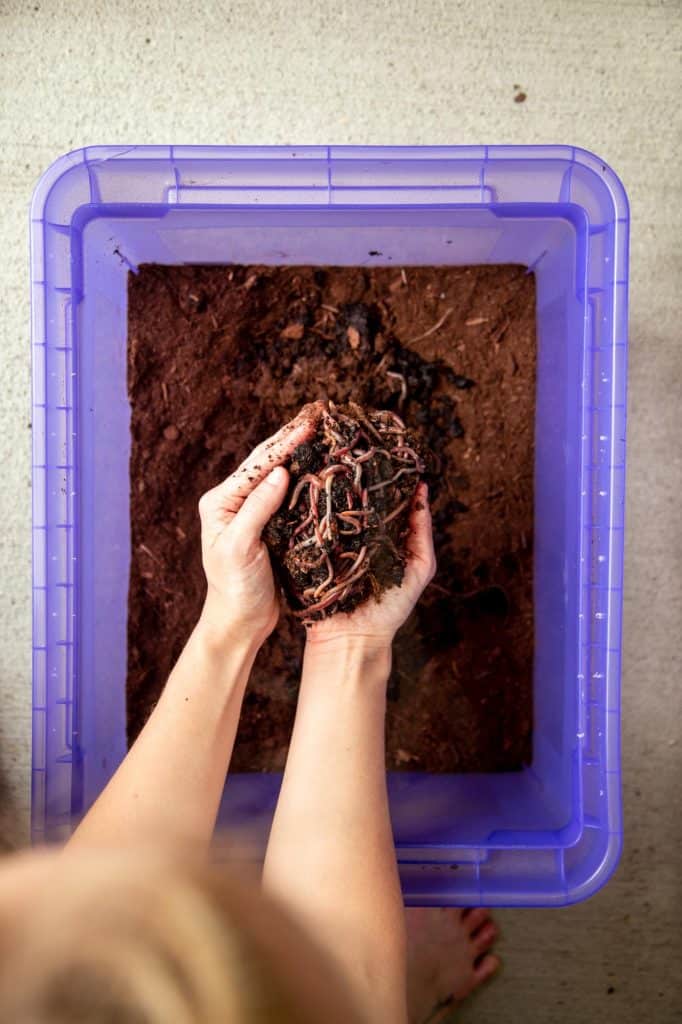
How to Compost With an Earthworm Farm
So how do you make an earthworm farm for composting? It’s really simple! First you’ll need a few supplies.
- Large Plastic Rubbermaid Container (about 10-gallon size or larger if you plan to compost more)
- Worm Bedding (I used a 1.4 pound coconut coir brick and worm hobby bedding)
- Worms (I got 350 European Night Crawlers)
- Paper and Cardboard
- Drill (for drilling small holes)
- Vegetable Scraps
I got our worms from Uncle Jim’s Worm Farm. They’re the leader in vermicompost supplies and delivering healthy worms right to your doorstep. I started with about 350 worms, and they’ve already doubled their population.
Directions:
- Drill a lot of tiny holes on the top of the container. You want to keep the holes small so that other bugs and creatures don’t find their way inside and so the worms can’t get out. Do not drill holes at the bottom.
- Add some cardboard and paper to the bottom of the bin.
- Add in the worm bedding. I used coconut coir brick and worm hobby bedding, both from Uncle Jim’s Worm Farm. You’ll need to wet the coconut coir brick to hydrate it and break it up.
- Sprinkle some water in the bedding. You want the bedding to feel like a wrung-out sponge. Damp but not wet.
- Add in the worms and the vegetable scraps.
- Watch everything turn to compost!
- For visual directions, see the images below. For care directions, see the section below.
You can keep your worm bin indoors, on an apartment patio, or in your yard. Just make sure it’s a cool, shady spot out of direct light. I kept mine indoors for a while, but adding banana peels to the mix resulted in some fruit fly issues, so I moved the bin to a cool, shady corner on our apartment patio.
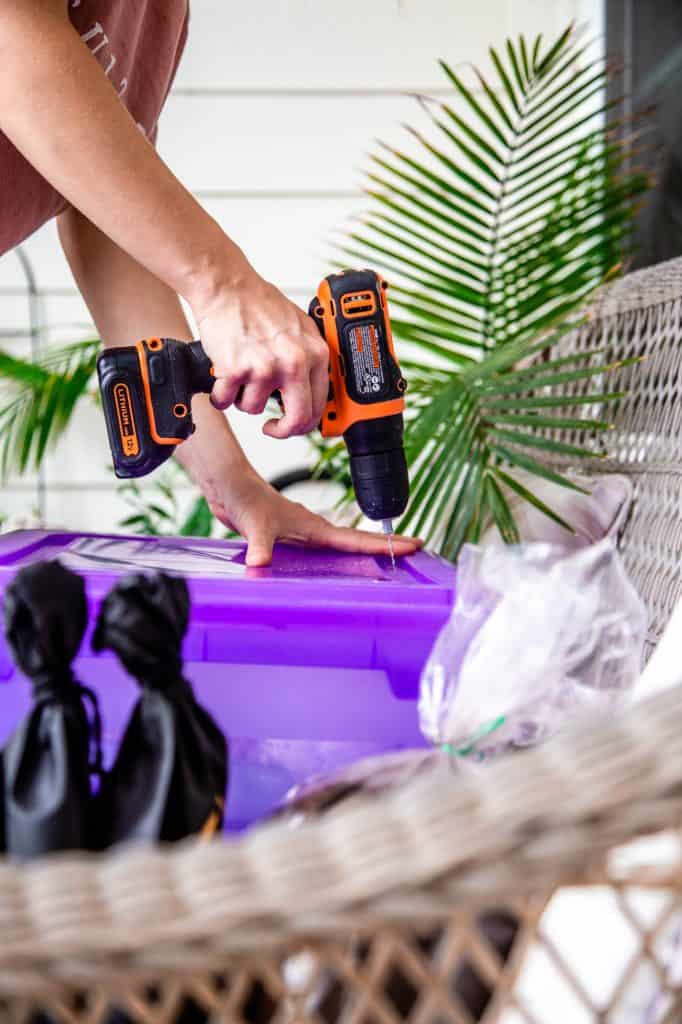
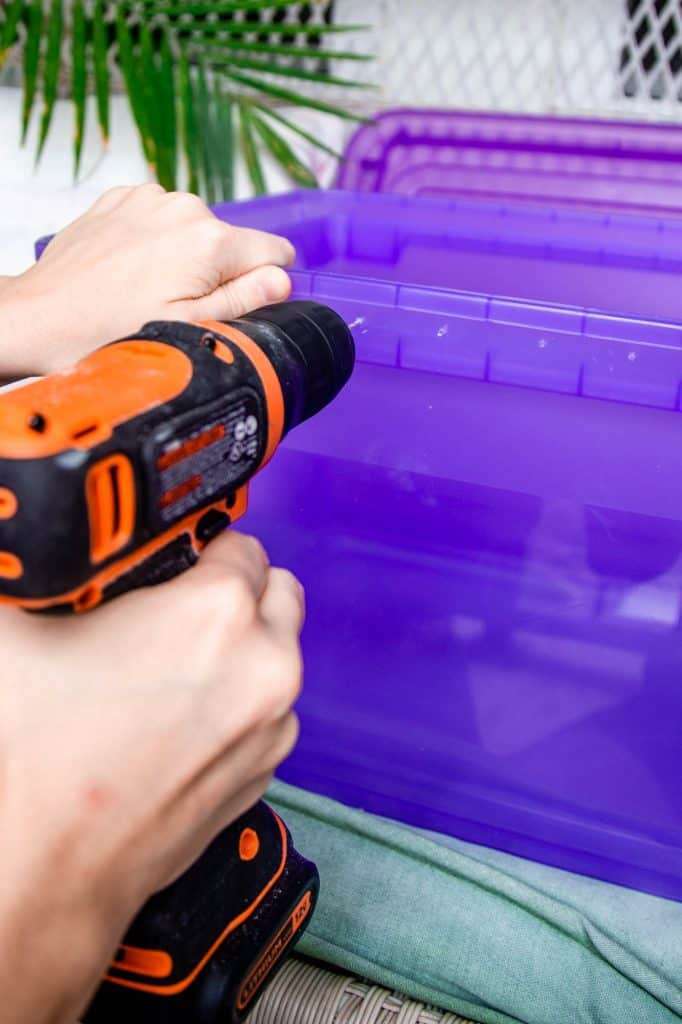
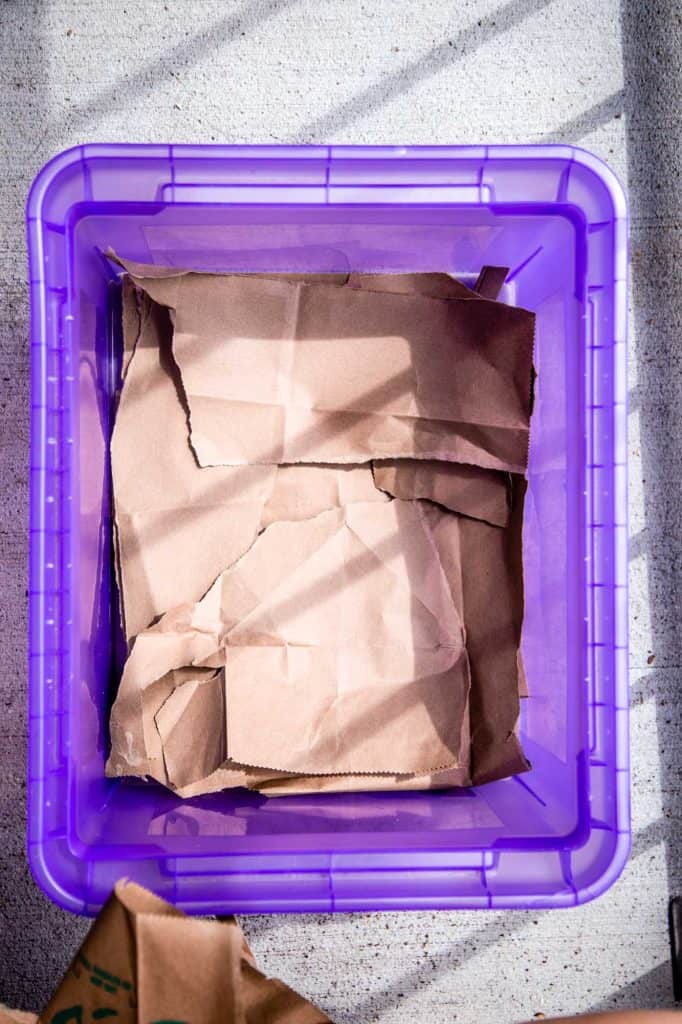
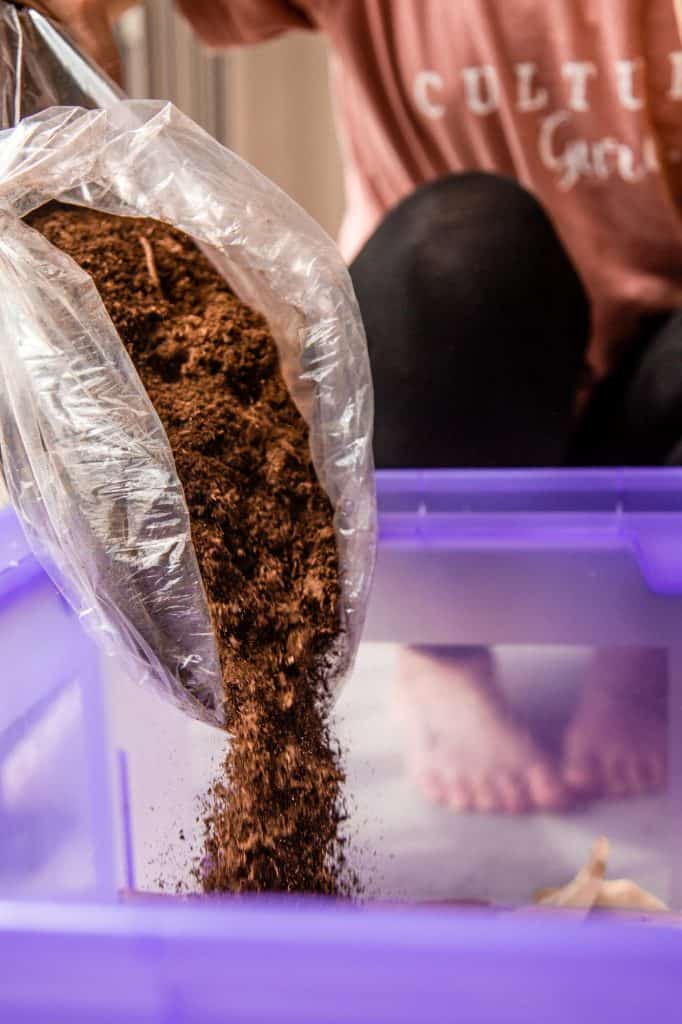
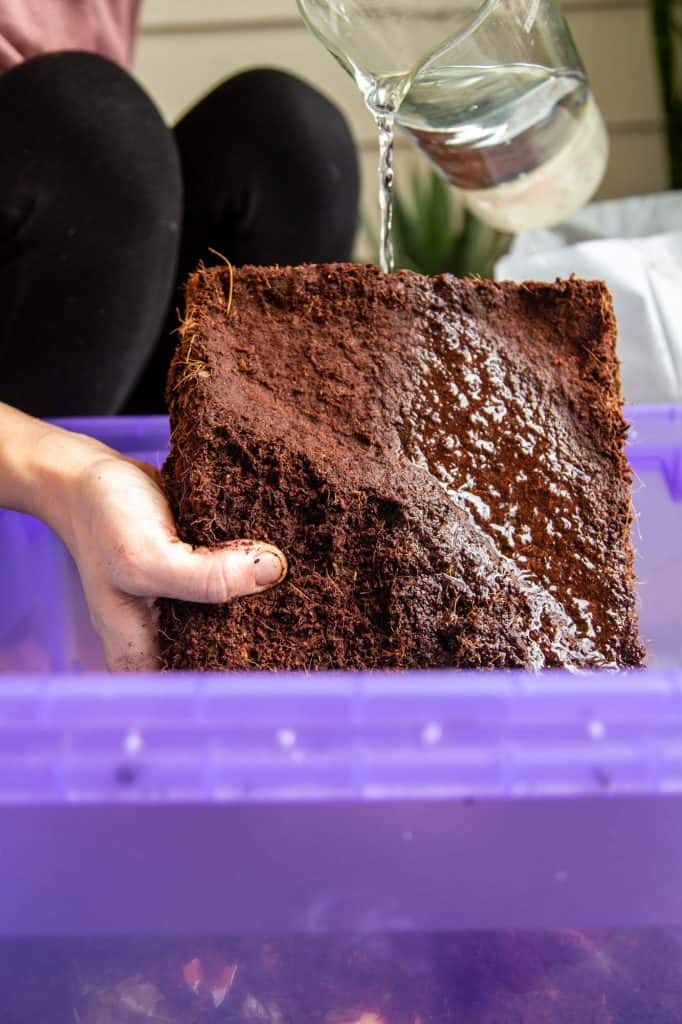

Worm Bin Care and Collecting Compost
- Do not feed worms citrus or peppers. They breathe through their skin, and the compounds in citrus and peppers can harm them.
- Make sure things don’t get too wet. Excessively wet conditions can suffocate the worms and cause undesirable microbial growth. If the bin is wetter than a wrung-out sponge, add more dry materials like paper and cardboard, and cut back on adding food scraps for a few days. You can gently toss the compost around, being careful with the worms, every few days.
- Do not put meat or fats in the bin. This should be pretty obvious, but do not add fats, meat, or animal feces to the bin.
- Be aware of fruit flies. If you wash your fruits and vegetables when you get home from the store, this shouldn’t be a problem But if you throw in a lot of unwashed fruit and vegetable peels, you may get fruit flies breeding in the bin too.
- To harvest the compost: Sift through the worm bin and find any vegetable pieces that haven’t been decomposed yet. Shove all the dark soil in the bin to one side, and start filling the other side with paper, vegetable scraps, and any vegetable pieces you found that haven’t been decomposed yet. Over the next few days, the worms should all migrate to the vegetable scrap side, leaving the other side ready for compost harvest.
- In the first few days of having your worm bin set up, you may notice the worms trying to get out of the top during the night, this is completely normal. Hence why some worms are called “nightcrawlers.” As you add more food to the bin, the worms will settle in and adjust to their new home.
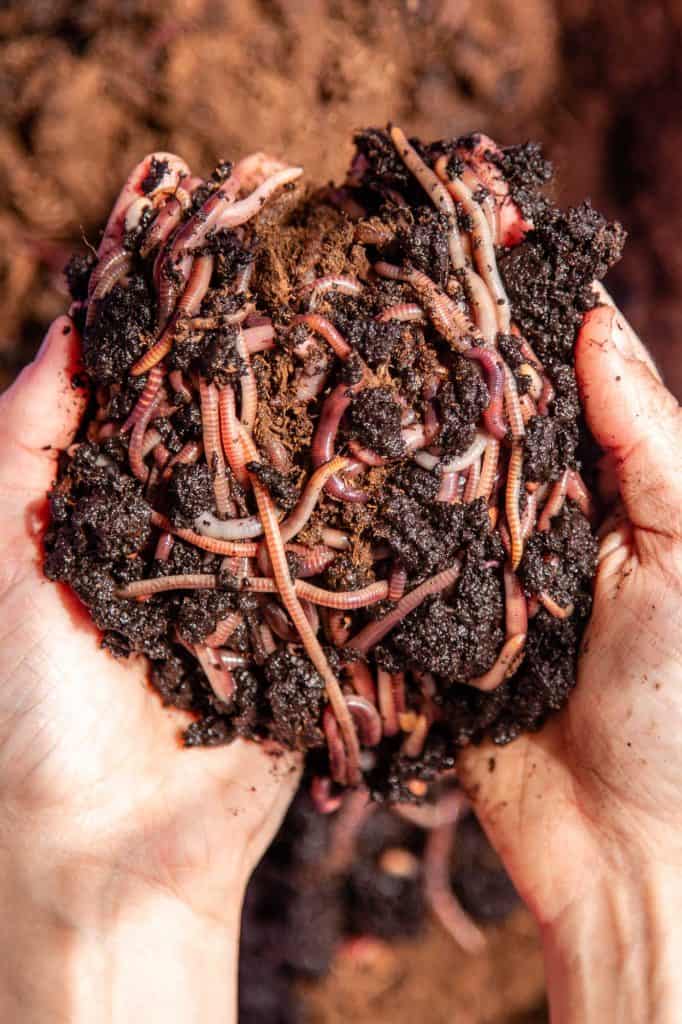
Easy Compost for Container Gardens
After harvesting the compost, I put it in a little bucket and feed all of my plants and house plants the compost. It’s such a rewarding process. I eat nourishing and delicious plant-based foods, let my pet worms turn my waste into compost, and then complete the cycle feeding the compost back to plants.
I mainly grow succulents and houseplants, but sometimes I grow my own food in pots on my patio. This vermicompost works great for all!
Easy and Cool Soil Science Experiment for Kids K-8th Grade
I made a worm bin with my niece, Rayne, this summer! She is in kindergarten and had a blast making one. She feeds her worms scraps, and it’s even encouraged her to eat more fruits and vegetables so she can feed her worms! This project makes a great soil science experiment or homeschool unit study for kids k-8th grade.
For an extensive science experiment, try growing some plants with worm compost versus chemical fertilizer and see which plants are bigger and healthier!
Using Kitchen Scraps for Zero Waste Compost
The best part about building and caring for a worm bin is decreasing waste. Food waste is a huge problem in our country, and composting your food scraps can help curb greenhouse gas emissions. It may not seem like a lot when you think about composting, but if everyone composted their waste, the planet would be healthier! Compost is also way healthier for plants. Compost created with the help of worms is robust with microbial life, important for plant health and soil regeneration.






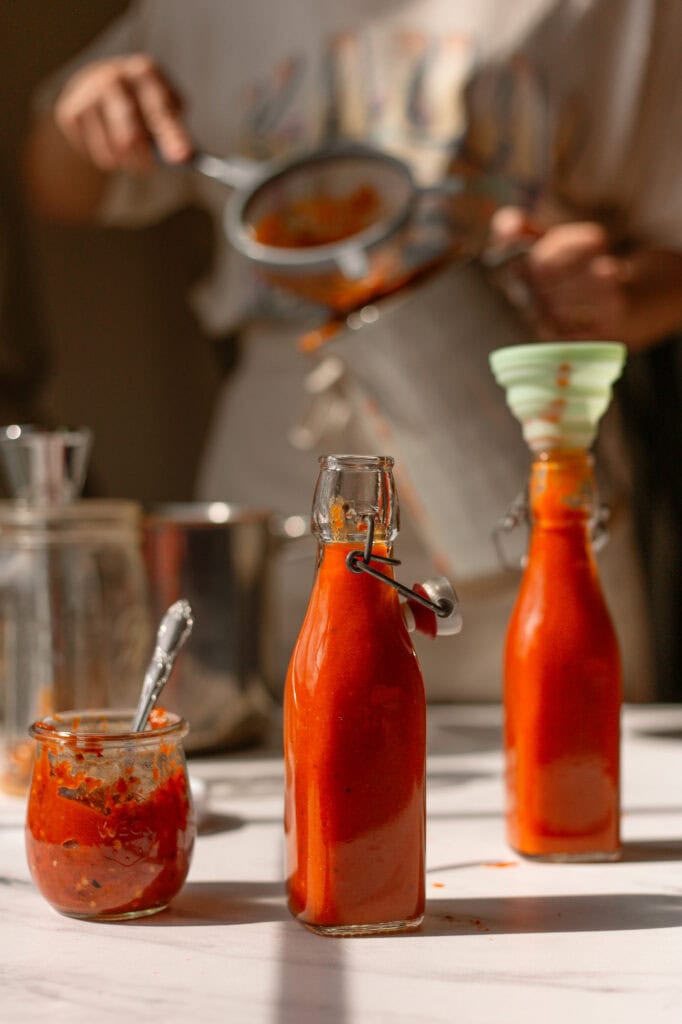
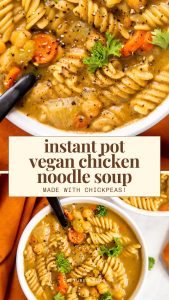

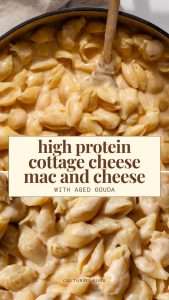

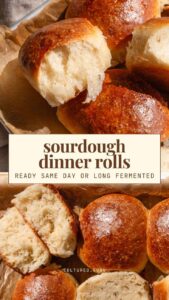
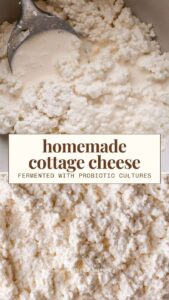
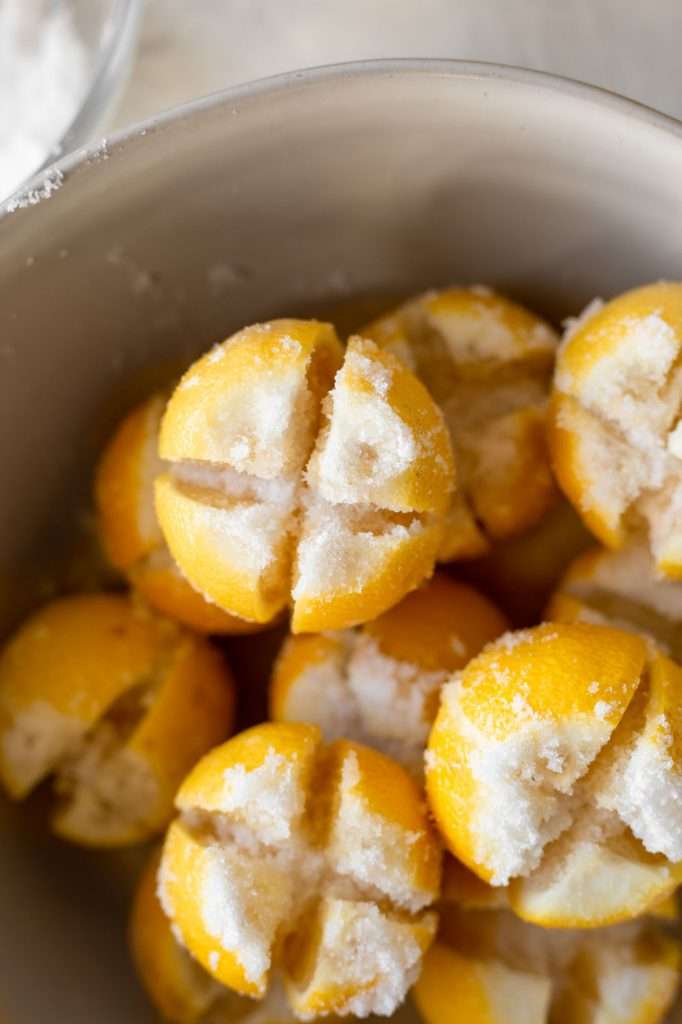
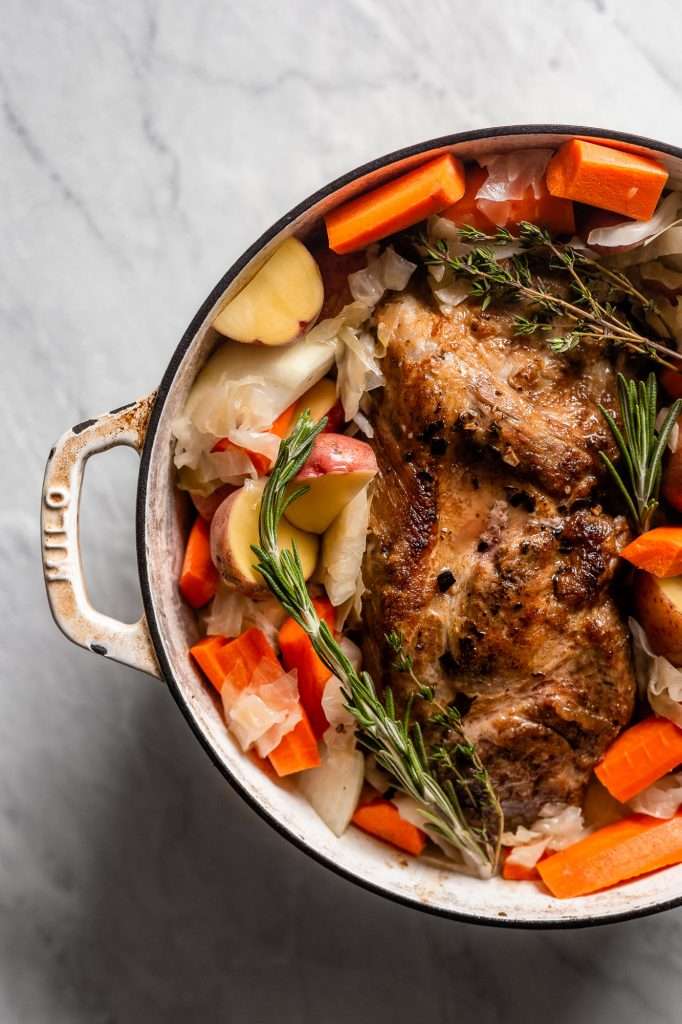
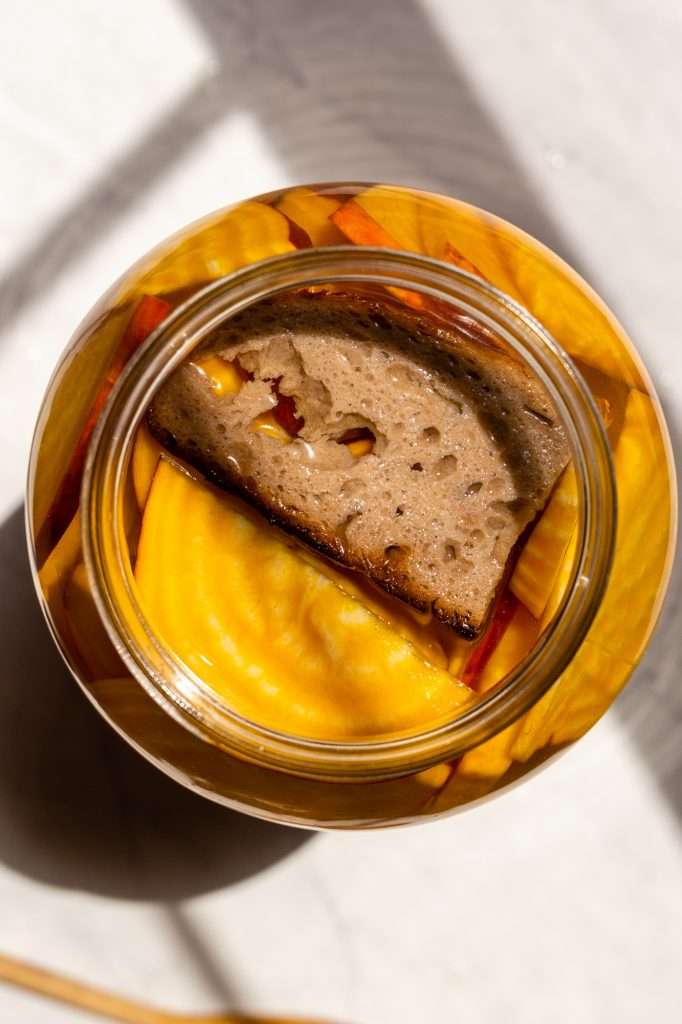

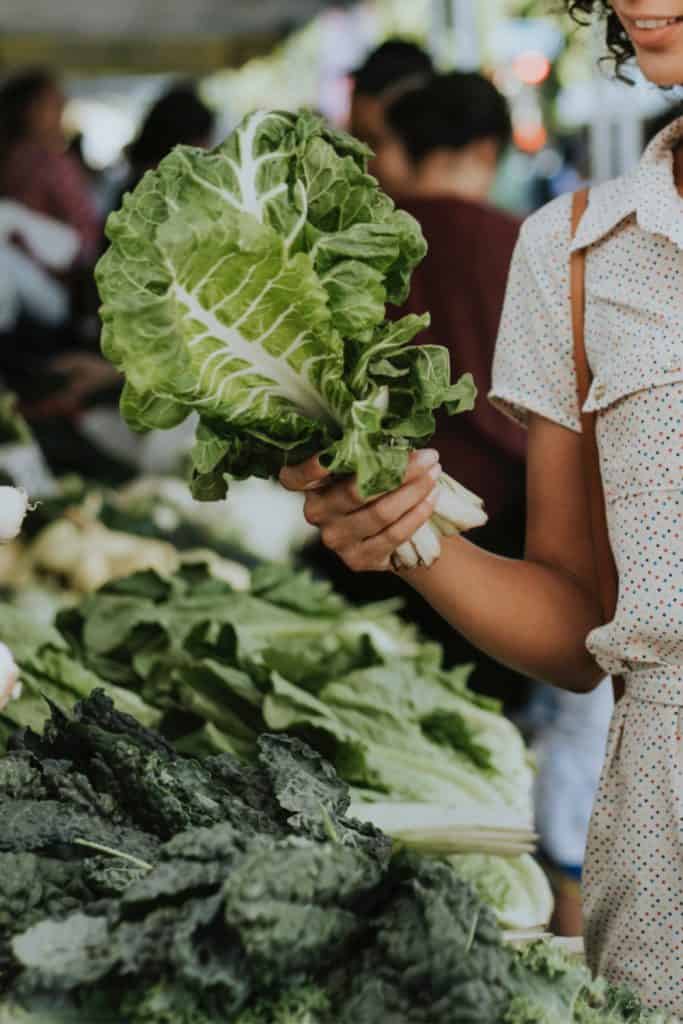
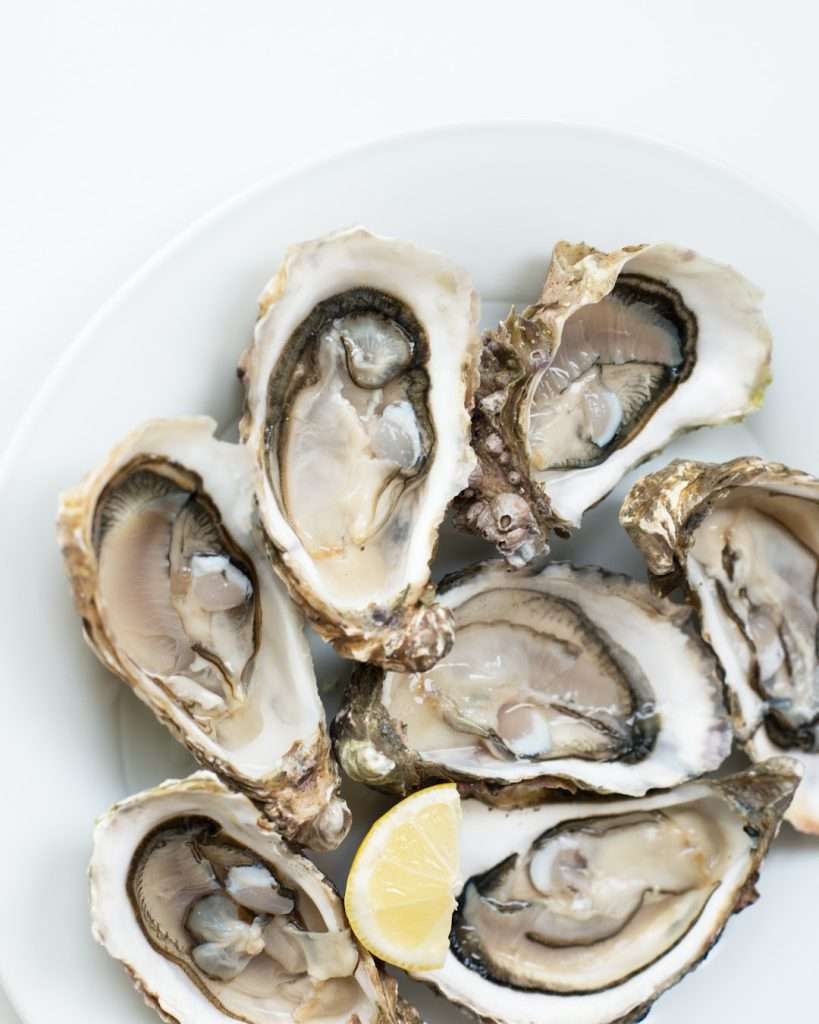


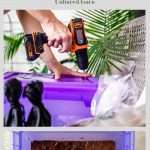
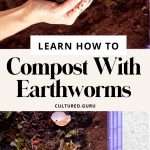
Hello Kaitlynn,
Are there any temperature parameters to try to maintain? Summer/Winter
Thank you 🙏
Yes, the temperature is important. You just want to avoid extreme temperatures. I have my bin on the patio, but I bring it in when the temperature drops below 40 degrees F. In the summer I just make sure the bin is always in the shade and never in direct sunlight. In the hotter months, it’s just important to make sure things aren’t too wet in the bin.
Hi Kaitlynn,
I have fruit flies/gnats. How can I get rid of them?
ED
PS: Please reply to my e-mail address. THANKS
I got a lot of fruit flies in my bin this summer too. It happened when I put a lot of banana peels in. There’s not much you can do. You can try attaching a sticky fly ribbon to the inside lid to trap the flies before they escape. I have a patio at my apartment, so I moved my bin outside.